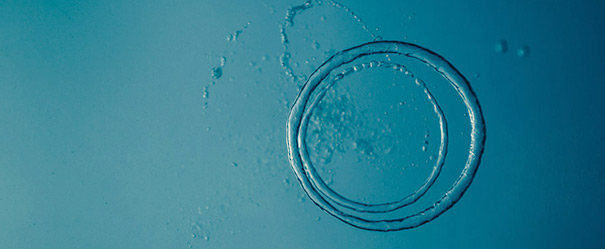
Chlorine plays a vital role in the safety of our public pools.
There are many who get very concerned about the safety of chlorine – especially when it comes to infants swimming in the treated water. Experienced and knowledgeable folks in the swim school industry have shared some information about why chlorine must be used in our pools and why it should make you happy that it is used.
Safety is priority 1.
With safety as the number one priority, many states put regulations in place for a minimum free chlorine residual of 1.0 parts per million (ppm) and recommends no more than 10 ppm to be present in pool water.
What is that really saying? It is saying that every swimming pool in states with mandated health policies MUST – by law – use chlorine in their pool water as the primary sanitizer and disinfectant.
Chlorine. It is the first line of defense against any recreational water illnesses.
That – alone – should be enough to dash any fears that chlorine is not a necessary component to safe swimming. Chlorine handles the three main jobs in keeping a swimming pool clean: It sanitizes (kills bacteria and germs), oxidizes (controls organic debris from perspiration and body oils), and deters algae.
Chlorine provides protection.
However, fear of chlorine use in pools abounds at every level, causing some to overlook the critical protection that it provides. The most common malady suffered by swimmers is dry skin and hair. Those who spend a lot of time in chlorinated pools often need to use moisturizers or hydrating shampoos simply because the chlorine in the pool water causes their skin and hair to dry out.
Just as many other chemicals used in everyday life, chlorine can be hazardous in concentrated doses. That is exactly why regulations are very strict on how chlorine is used in pools and swim facility managers are very careful to adhere to the strict parameters mandated by state regulatory commissions and disease control centers so that at no time, should the level of chlorine used for pool cleanliness become a hazard.
UV is the second line of defense.
Because fears do abound, swim facilities minimize the amount of chlorine in pool water without compromising safety and health by supplementing chlorine’s sanitizing capabilities with those of Ultra Violet light. This is a very effective secondary source of sanitization and disinfection.
100% of the water in swim school pools undergoes Ultra Violet light treatment in order to make sure that all living micro-organisms (viruses, bacteria, parasites) are destroyed. The UV light is so effective that the amount of chlorine used can be reduced.
The result of combining these sanitizing elements (chlorine and Ultra Violet light) is extremely clean and safe pool water.
We may be restating the obvious, but without the use of these two elements (chlorine and UV light) we would risk exposing all swimmers to potential infection.
Learn more about how chlorine sanitizes pool water.
Is Saline an alternative?
Some owners choose to treat pools with salt, but this doesn’t eliminate their residual chlorine requirement administered by many state.
Consider this: Salt is what is added to pool water to produce chlorine. Salt pools are still required to maintain the same 1.0 ppm of residual chlorine as pools that do not use salt. Salt water can be more gentle on the skin, however it introduces other problems. The salt system requires a minimum of 3000 ppm of salt to generate enough chlorine to meet the most state’s requirements. That volume of salt brings the total dissolved solids (TDS) level in the water to one that renders UV less effective as a sanitizing agent. If you adjust that level to accommodate a reasonable number of bathers in your pool, the TDS levels you must reach can approach 5000 ppm. And this level introduces its own problems because the recommended TDS levels for swimming pools shouldn’t exceed 2000 ppm. Maintaining a TDS higher can create heater problems and water balance issues.
Maximize UV to use the minimal amount of chlorine.
Remembering that safety is our number one priority, the best practice is to maximize the effectiveness of UV light to provide the safest, purest water AND minimize the amount of chlorine needed to maintain the 1.0 ppm residual mandate. By adding UV light treatment into pool sanitization procedures you strongly enhance the cleanliness of pool water and significantly contribute to lowering dependence on chemical sanitizers* (like chlorine).
The real fear is recreational water illness.
For swimmers, regardless of how young or old, chlorine is not the biggest safety concern. It is actually recreational water illness. And most of these micro-organisms – and even very dangerous ones such as HIV and Hepatitis B – are killed by properly chlorinated pool water – on contact. There are strains that can be resistant to chlorine and that is why UV is combined to make the most effective sanitizing and disinfecting duo for pool water!
Be sure to ask your local community pool about their water safety policies and procedures. The steps that they take to ensure your safety should be easy for them to share.


Conversations